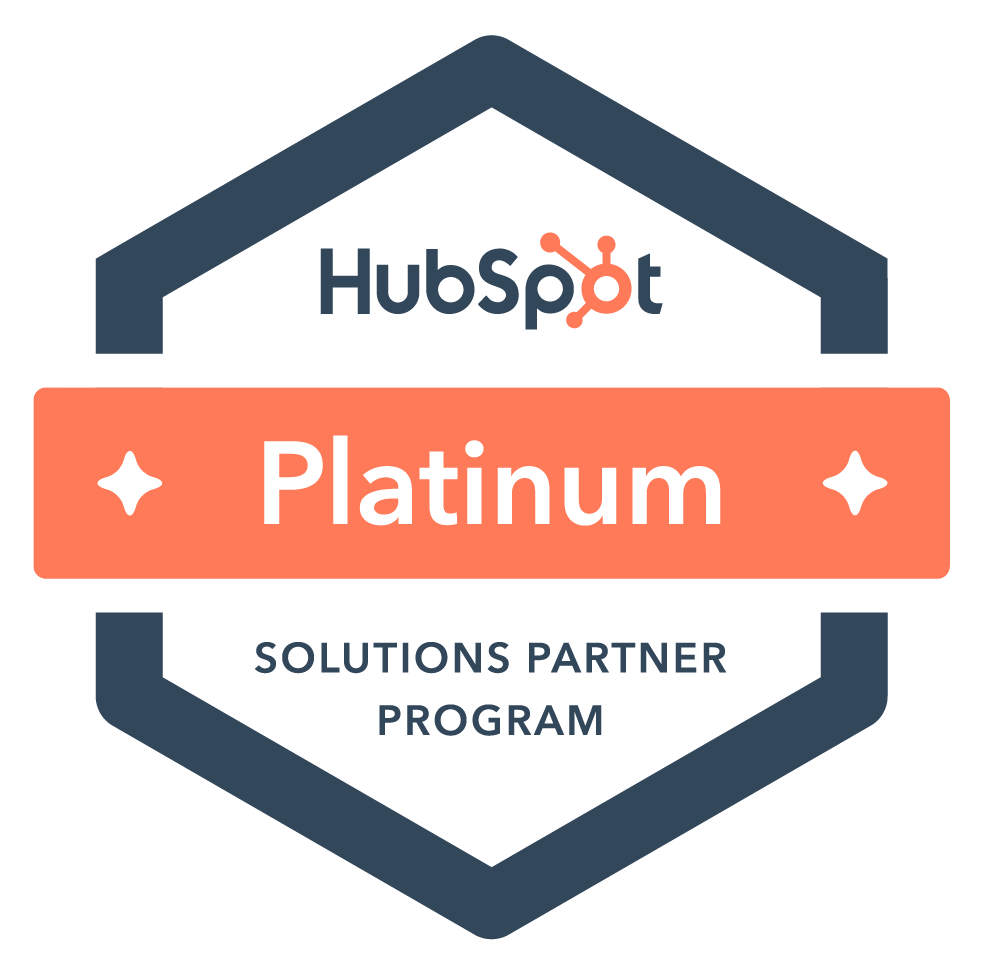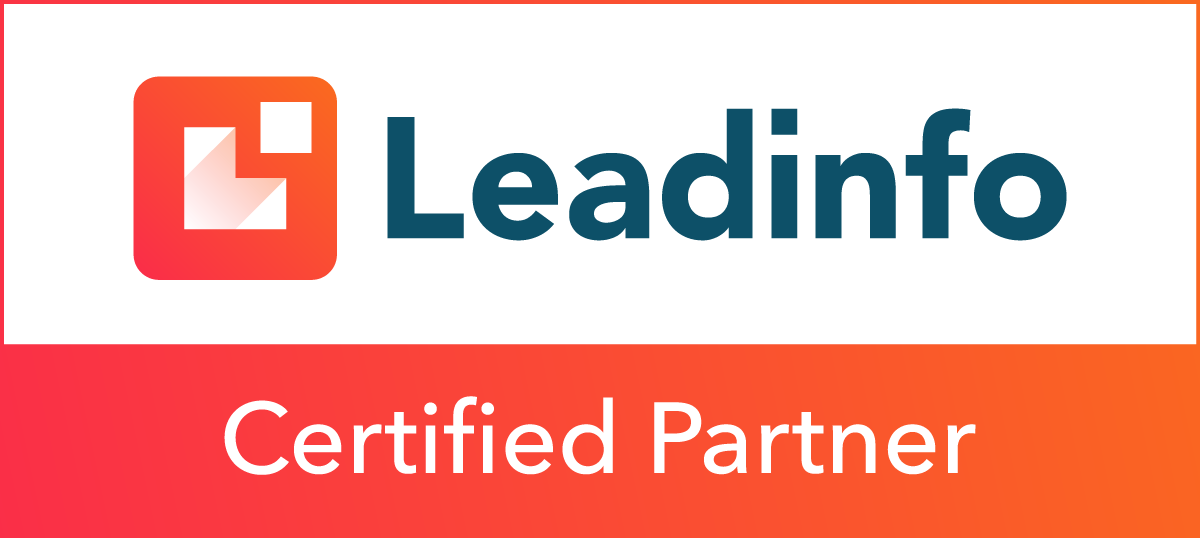
Blog
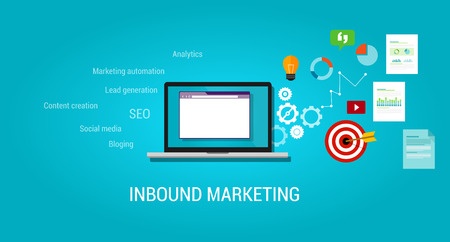
Inbound Marketing Terms 101
Every industry has their language. The words, terms and acronyms insiders toss back and forth regularly but mean nothing to the rest of the world.
When you get a group of accountants (or doctors, engineers, chefs, athletes, etc.) talking business in a room it can sound like another language. Marketers are no exception.
Admittedly, us marketing nerds get so excited about things like SEO, CTAs, CACs, LPs and responsive design that we sometimes forget those terms aren’t common knowledge.
Recently, I was talking with a client about segmenting and ways to increase their efficiency when he interrupted me to ask what I meant by “marketing automation software.”
Oops.
I was glad he asked, because it was a reminder to back up and make sure we explain the terms we use regularly. For every person that asks, there are usually several others that just nod along and pretend (umm… not that I’ve ever done that before).
So we put together this list of Inbound Marketing Terms 101 to help. Clearly these aren’t to insult anybody’s intelligence – we know you’re brilliant at what you do. But we do marketing (with an emphasis on inbound) and want to help by making sure we’re on the same page when we discuss ways to meet your objectives.
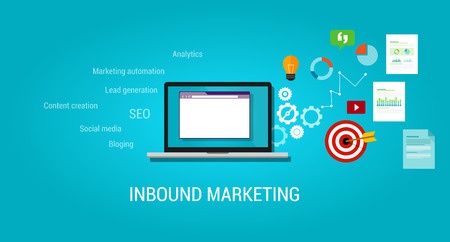
Inbound Marketing Terms 101
Buyer Persona – Semi-fictional representation of your ideal customers. Based on market research and real data about your existing customers, personas include information about their demographics, behavior patterns, motivations and goals. They give you a greater understanding of your customers so that you can personalize your marketing and more effectively communicate.
Call-To-Action (CTA) – CTAs are instructions designed to provoke an immediate action or response such as “download now,” or “schedule consultation today.”
Click-Through Rate (CTR) – The ratio of users who click on a specific link to the total number who view the page (or email, ad, etc). CTR is often used to measure the success of campaigns.
Content Marketing – Content marketing is a strategic marketing approach focused on creating and distributing valuable, relevant and consistent content to attract and retain a clearly-defined audience — and, ultimately, to drive profitable customer action. (source: contentmarketinginstitute.com)
Content Management System (CMS) – A computer application that allows users to publish, edit, modify, organize, delete and maintain content from a central interface.
Context Marketing – Context is basically how, when, where, and to whom you should deliver the great content you create. It’s a simple definition, but there are a lot of pieces in the puzzle.
Conversion Rate – The number of people who did the defined objective (example: downloaded the ebook, signed up for a demo, made a purchase, etc.). To determine your conversion rate, divide the above total number of conversions by the number of visitors to your site.
Customer Acquisition Cost (CAC) – The cost of gaining a new customer. It includes research, marketing, time, product cost and accessibility cost. CAC is an important figure to know when analyzing past, current and potential marketing campaigns.
Engagement Marketing – Belief that consumers should be “engaged” or actively involved in the marketing programs. Ultimately all brands strive for an increased engagement rate and for customers to develop strong relationships with their brand.
Inbound Marketing – Refers to marketing activities that bring visitors in, rather than marketers having to go out to get prospects' attention. Inbound marketing earns the attention of customers and draws them to the website by producing content that is interesting, relevant and helpful.
Infographics – Graphic, visual representations of information, data or knowledge intended to present information quickly and clearly. People respond well to images and visuals, so infographics can improve cognition and help you connect with customers.
Keyword – A specific word or phrase that describes the contents of a web page. Potential customers use them to identify and search for what they’re looking for. Businesses create content around specific keywords, which help search engines match a page to with an appropriate search query. Understanding and utilizing keywords is a major part of inbound marketing.
Key Performance Indicator (KPI) – A business metric used to evaluate factors that are crucial to the success of an organization.
Landing Page – A stand-alone web page, separate from your main website, that has been designed for a single, specific conversion objective.
Lead Gen (lead generation) – The beginning stages, or initiation, of consumer interest into a company’s products or services.
Lifetime Value of a Customer – Prediction of the net profit attributed to the entire future relationship with a customer. We all know it’s easier to keep a customer than to gain a new one, especially when you consider what that customer will be worth to you over your lifetime.
Marketing Automation – Refers to software platforms and technologies designed for organizations to more effectively market on multiple channels online (such as email, social media, websites, etc.) and automate repetitive tasks, resulting in greater efficiencies and reduced cost.
Meme – In inbound terms, a meme is virally-transmitted cultural symbol or social idea. They’re often humor-based. We’ve all seen them, but do you know how to pronounce them? Hint: MEEM.
Organic Search Results – Listings on search engine results pages that appear because of their relevance to the search terms and keywords, as opposed to paid advertisements.
Podcast – digital audio files that you can download and listen to at your convenience. Often available as a series, podcasts can be used to provide educational content to current and prospective customers.
Responsive Web Design (RWD) – This approach to web design involves creating sites that provide an optimal viewing and interaction experience across a wide range of devices (from smartphones to tablets to desktop screens, etc.). Because more and more people are viewing your website on mobile devices these days, having a responsive design is crucial.
ROI (Return on Investment) – ROI helps you analyze your marketing efforts and determine what is working. Company bigwigs like when this simple equation is positive.
(Return – Investment)
Investment
Unique Visitor – The number of distinct individuals requesting pages from the website during a given period, regardless of how often they visit. Visits refer to the number of times a site is visited, no matter how many visitors make up those visits.
Search Engine Optimization (SEO) – The process of maximizing the number of visitors from the organic (i.e. “free”) search results on search engines. SEO marketing brings traffic to a particular website by ensuring that the site appears high on the list of search results.
Webinar – A web-based seminar hosted over the Internet. Companies utilize webinars as a way to share information and interact with users in different geographic locations. If it’s recorded and downloaded later, it’s called a webcast.
Whitepaper – An authoritative report or guide that informs readers concisely about a complex issue and presents the issuing body's philosophy on the matter. It is meant to help readers understand an issue, solve a problem, or make a decision. (source: Wikipedia)
Whew! That’s a lot of marketing mumbo jumbo, but what did we miss? Certainly there are others that we could add. Let us know if we missed your favorite and we'll add it to the list.
And one final thought. If you hear a term you’re not familiar with, don’t be afraid to ask. Whether in the conference room or the doctor’s office, speak up.
Subscribe to email updates
Recent posts

Related Articles

Topics
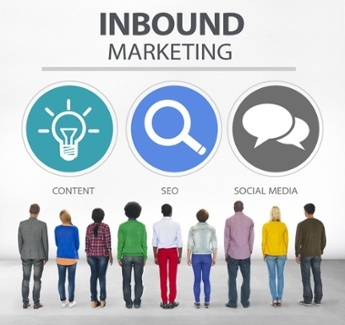
Topics

Topics



